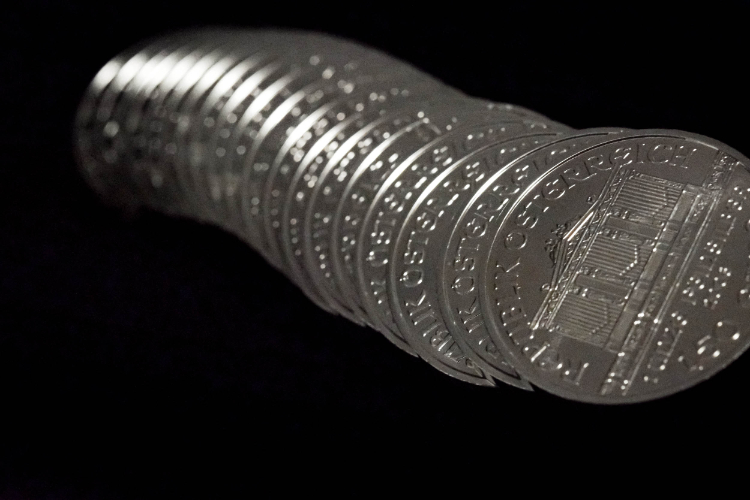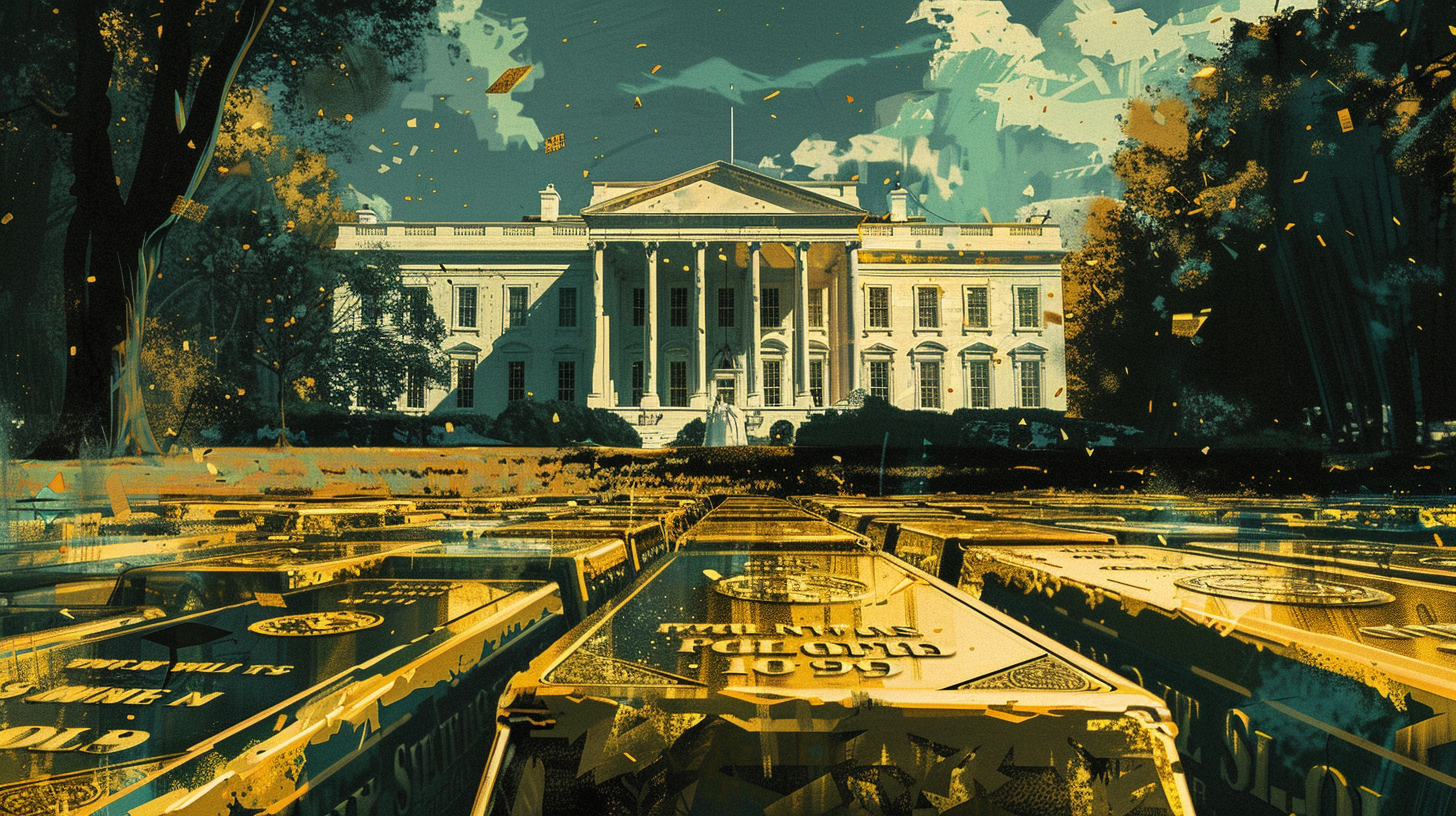
US gold reserves at Fort Knox: Between myth and reality
Fort Knox, located in the US state of Kentucky, is one of the most famous gold deposits in the world - and one of the most popular subjects for conspiracy theories.
US President Donald Trump and his ally Elon Musk have just launched a review of the US state gold reserves - and the suggestion of a live stream from the gold storage facility is making headlines. But what is behind the hype surrounding Fort Knox?

The high-security complex is managed by the US Treasury Department and serves as a storage site for a large part of the official gold reserves of the United States. The most important facts about the gold storage facility:
- Opened in 1937 to secure gold reserves from New York.
- Guarded by heavily armed security forces and state-of-the-art surveillance systems.
- According to official figures, there are around 147.34 million troy ounces of gold in storage.
- The book value is approximately USD 6.22 billion, based on a historical gold price of USD 42.22 per troy ounce.
- Real market values fluctuate; gold would currently be worth several hundred billion US dollars.
Why is there speculation about an empty Fort Knox?
Again and again, rumors arise that the gold from Fort Knox may have disappeared. The speculation is based on several factors:
- Secret review processes: There is no complete, independent review by external auditors.
- Rare inspections: The last official inventory by external visitors took place in 2017.
- Political influences: During economic crises, calls for closer scrutiny became louder.
Reviews in the past
The question of the existence of gold is discussed time and again. However, the US government's gold storage facility has not managed to get by completely without testing. Some important tests:
- 1953: A group of senators and journalists were given an insight - without detailed audit reports.
- 1974: Parts of the gold were inspected, but not comprehensively checked.
- 2017: The then Treasury Secretary Steven Mnuchin visited Fort Knox and assured that the gold was there.
How realistic is an empty safe?
The theory that Fort Knox could be empty is unlikely, but irregularities cannot be ruled out. What speaks for this theory - and what against it? First the arguments in favor:
- High security standard: Fort Knox is considered one of the most secure facilities in the world.
- Regular audits: The US government publishes official figures on reserves.
- Lack of evidence of gold sales: There are no confirmed reports of large-scale transfers from Fort Knox.
However, irregularities cannot be completely ruled out:
- Lack of transparency: Critics complain that audits are not fully disclosed.
- Theoretical pledges: There are theories that gold was used as collateral for loans.
- Limited congressional oversight: To date, there has been no bipartisan independent review.
The US could take a leaf out of Germany's book - following public pressure and recommendations from the German Federal Audit Office, the Bundesbank began auditing and repatriating some of Germany's gold to Frankfurt back in 2013. By 2017, 674 tons of gold had been moved from New York and Paris to Germany, meaning that around half of the reserves are now stored domestically. The Bundesbank emphasizes regular audits and publishes detailed reports on the status of its gold holdings. On the occasion of the repatriation from the USA, the Bundesbank has taken several measures to increase transparency:
- Publication of inventory lists of gold bars.
- Incoming inspection: On arrival in Frankfurt, the gold bars were checked for authenticity, fineness and weight by experts from the Bundesbank.
- Melting down and recasting: Some of the returned ingots, especially older examples from New York, were melted down and cast in new molds to meet current standards.
However, it is not only Germany that has attached great importance to the topic in recent years in response to public pressure.

Similar to other European countries, Austria has also taken steps in recent years to transfer a larger proportion of its reserves to the domestic market in order to strengthen national control.
Regular audits and transparent reporting are also standard here.
Fort Knox therefore remains one of the best protected and most mysterious buildings in the world. The official figures suggest that the gold is actually still in storage. Nevertheless, a lack of independent audits and political speculation continue to cause uncertainty. A comprehensive, transparent inventory could help to end the debate once and for all.










